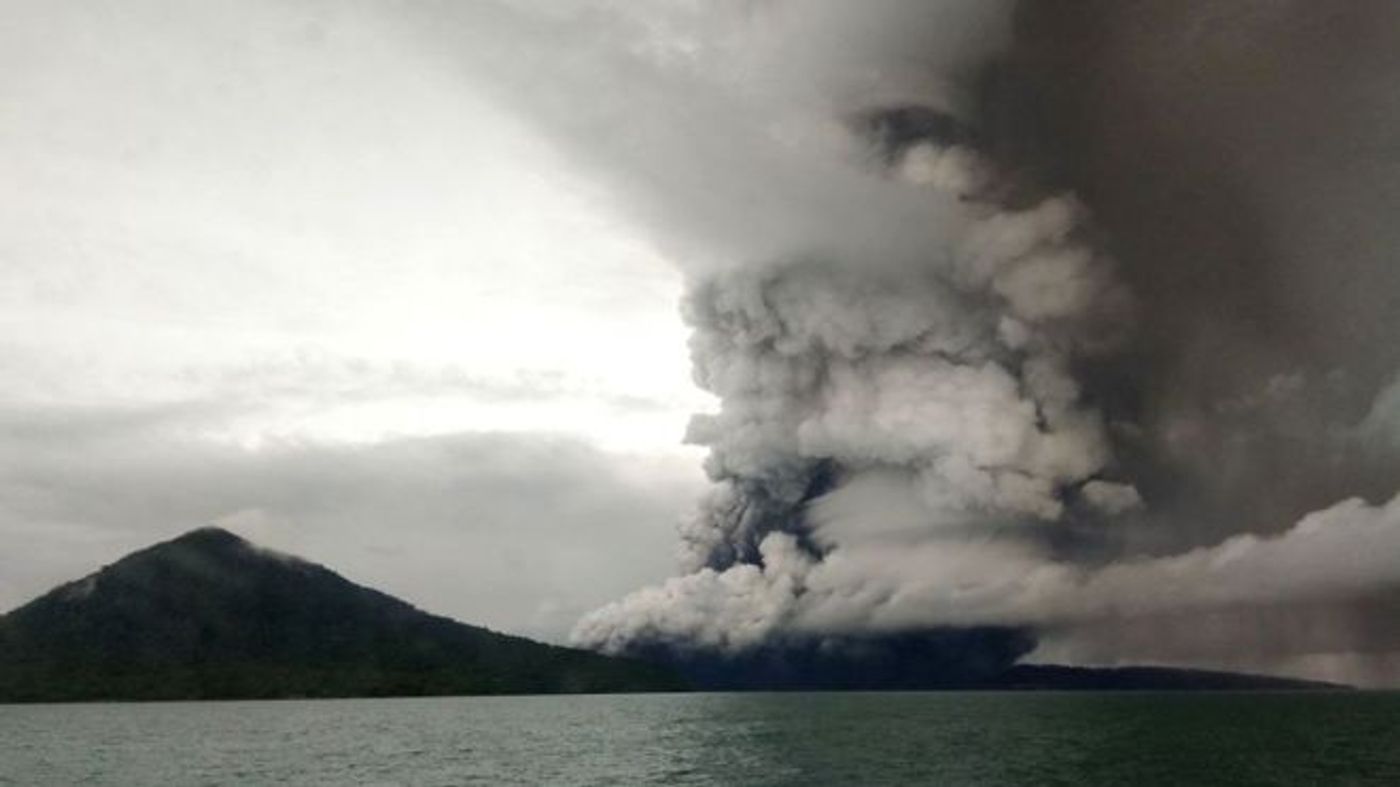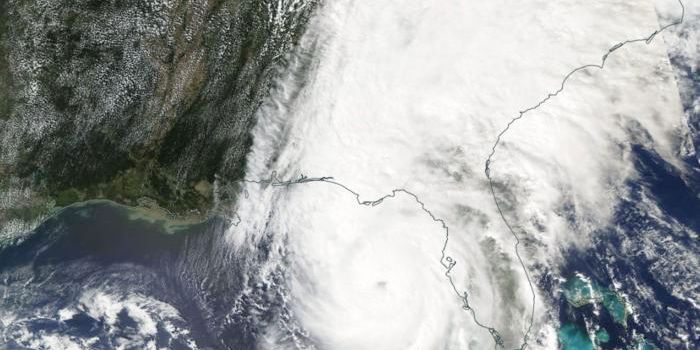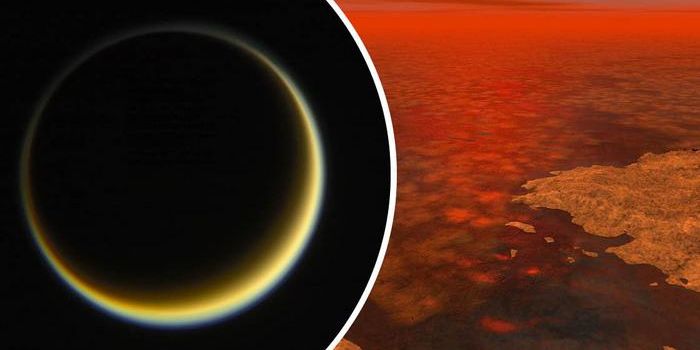Indonesian volcanic eruption triggers deadly tsunami
The sudden collapse of Indonesian volcano Anak Krakatau last week triggered a frightening tsunami in the Sunda Strait. Ultimately more than 420 people have been confirmed dead, 20 or more remain missing, and 40,000 have been displaced, according to Indonesia’s disaster agency. The agency is warning people to stay away from the coastline of the Sunda Strait, which separates Java and Sumatra, because of the risk of another tsunami.
The mystery behind the eruption of Anak Krakatau, which means Child of Krakatau, lays in its grand scale. The eruption reduced the volcano to one-quarter of its original size. According to Indonesia's Center for Volcanology and Geological Disaster Mitigation, Anak Krakatau now has a volume of 1.4 billion-2.4 billion cubic feet and lost 5.2 billion-6.3 billion cubic feet of volume since the eruption of December 22. The center also reported that the crater peak was previously 1,108 feet, while now it sits at only 360 feet high.
Researchers discovered these reports from extensive analyses of satellite radar images, which they used to calculate the amount of rock and ash that collapsed into the sea. The scientists were able to determine that much of the fallen mass could have fallen into the ocean in one fell swoop, which would have given rise to the water displacement and five-meter tall waves that crashed onto nearby coastlines. The center expects to be able to get more precise measurements from visual inspections once the cloud cover has cleared.
Anak Krakatau is the offspring volcano of the of the infamous Krakatau volcano whose historical eruption in 1883 resulted in a period of global cooling.
Sources: BBC News, NBC News, Volcano Discovery









